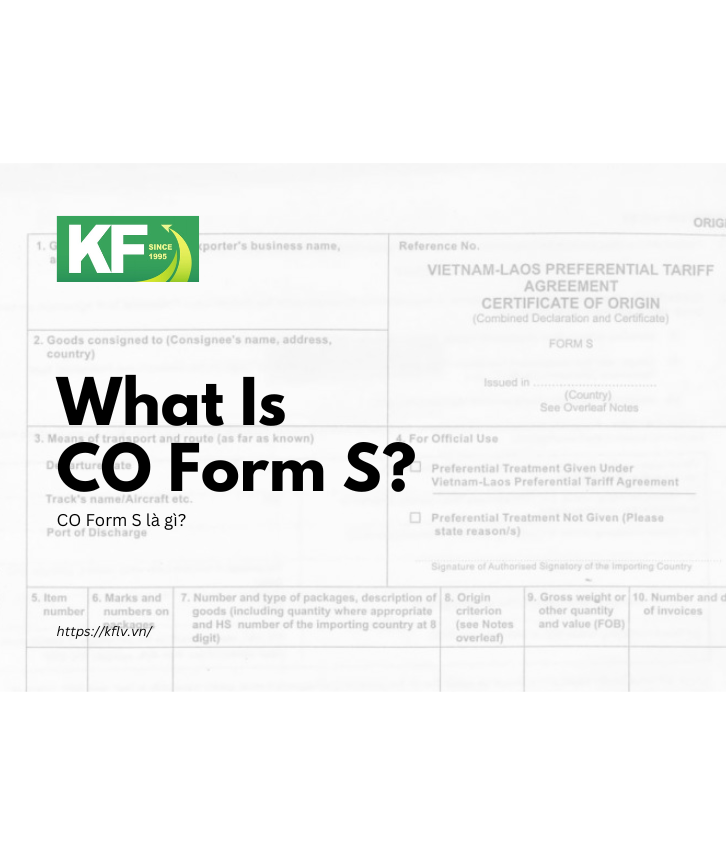What is the SP (Specific Process) Criterion? A Detailed Procedure in Determining the Origin of Goods
What is the SP (Specific Process) Criterion?
The Specific Process (SP) criterion refers to a specific production process and is one of the origin criteria used in Certificates of Origin (C/O) under Free Trade Agreements (FTAs).
According to this criterion, non-originating materials can be considered originating in an FTA member country if they undergo one or more specific production, processing, or manufacturing operations in that country. If a product satisfies the SP criterion, it becomes eligible for preferential tariffs under the respective FTAs.
Key Characteristics of the SP Criterion

Key Characteristics of the SP Criterion
Specific Production Process: The product must go through one or more specific manufacturing or processing operations as clearly defined in the rules of origin of the applicable FTA.
Detailed Step-by-Step Description: Each step in the process must be clearly identified and transparent, from raw materials to the final product.
Industry-Specific Application: The SP criterion is often applied in industries with complex production processes such as textiles, mechanical engineering, chemicals, and food processing.
Geographical Scope Compliance: The manufacturing processes must take place within the territory of an FTA member country for the product to qualify as originating.
Independence from Material Origin: Even if the initial raw materials are non-originating, the product may still meet the SP criterion as long as the key transformation process takes place in the FTA member country.
High Stability: Unlike the RVC (Regional Value Content) or CTC (Change in Tariff Classification) criteria, SP is not affected by fluctuations in raw material supply or local content ratios. Once the process is standardized, products consistently meet the origin requirement.
>> Read More:
What is RVC? Definition, Meaning, and Application in FTAs
What is CTC? The Tariff Classification Change Rule in Determining Origin
Benefits of Applying the Specific Process Criterion
Ensures Product Quality: Adhering to a clear production process helps maintain consistent and high-quality products.
Access to Tariff Preferences under FTAs: When products meet the SP criterion, companies can apply for a C/O and enjoy preferential tariffs under FTAs, reducing export costs.
Promotes Domestic Production: SP encourages companies to carry out key production stages in Vietnam, increasing local value addition and creating jobs.
Enhances Transparency and Legal Compliance:
The SP criterion helps businesses clearly define the necessary production steps to qualify for a C/O, reducing legal risks and increasing trust in international trade.
Why Should Businesses Understand the SP Criterion?

Why Should Businesses Understand the SP Criterion?
Vietnam has signed 15 Free Trade Agreements at both bilateral and multilateral levels, creating substantial export opportunities. However, to benefit from tariff preferences, businesses must:
- Understand the origin criteria, including SP
- Prepare C/O applications in accordance with regulations
- Comply with the required production processes to meet origin standards
Proper understanding and application of the SP criterion not only facilitate customs clearance but also enhance a company’s credibility and competitiveness in the global market.
List of FTAs Vietnam Has Joined

List of FTAs Vietnam Has Joined
Meeting the SP criterion allows businesses to take full advantage of the following 15 FTAs:
- ASEAN Economic Community (AEC)
- ASEAN – India
- ASEAN – Korea
- ASEAN – Hong Kong (China)
- ASEAN – Japan
- ASEAN – China
- ASEAN – Australia/New Zealand
- CPTPP (Comprehensive and Progressive Agreement for Trans-Pacific Partnership)
- RCEP (Regional Comprehensive Economic Partnership)
- Vietnam – Chile
- Vietnam – EU (EVFTA)
- Vietnam – Korea
- Vietnam – Eurasian Economic Union
- Vietnam – Japan
- Vietnam – United Kingdom (UKVFTA)
The Specific Process (SP) criterion plays a vital role in determining the origin of goods for C/O issuance and tariff preferences under FTAs. Businesses need to fully understand and comply with the required production procedures to effectively seize export opportunities and enhance the value of Vietnamese products on the global stage.
>> Read More:
What is EVFTA? The EU-Vietnam Free Trade Agreement Explained
What Is the CPTPP Agreement? Opportunities and Challenges for Vietnamese Businesses
If you need professional advice on how to apply the SP criterion or assistance with obtaining a Certificate of Origin, contact King Freight Logistics Vietnam (KFLV) via hotline +84 (0) 938 188 796 for fast and reliable support.




Written bykflv.vn
Other activities


Other news

CO Form S (Certificate of Origin – Form S) is a preferential certificate of origin issued for goods exported from Vietnam to Laos. It enables Vietnamese exporters to enjoy special tariff preferences under the Vietnam–Laos Bilateral Trade Agreement. This article explains what CO Form S is, its purpose, documentation requirements, and application procedure — along […]

